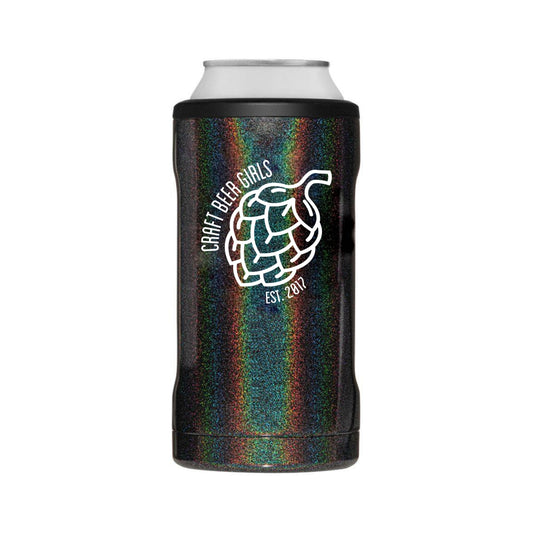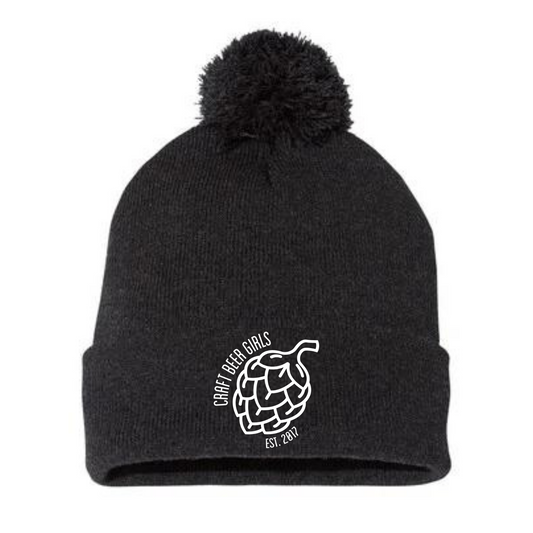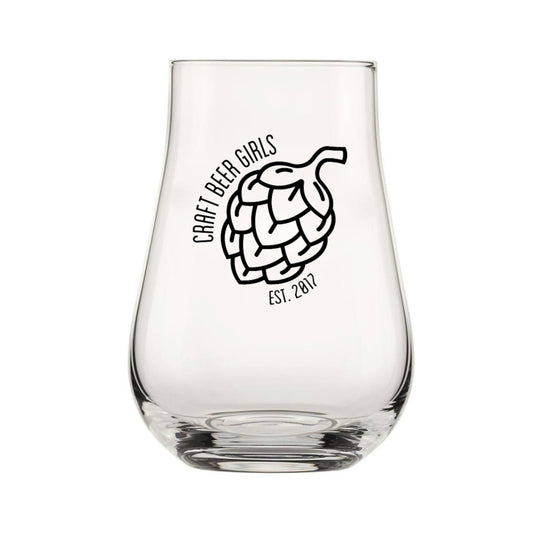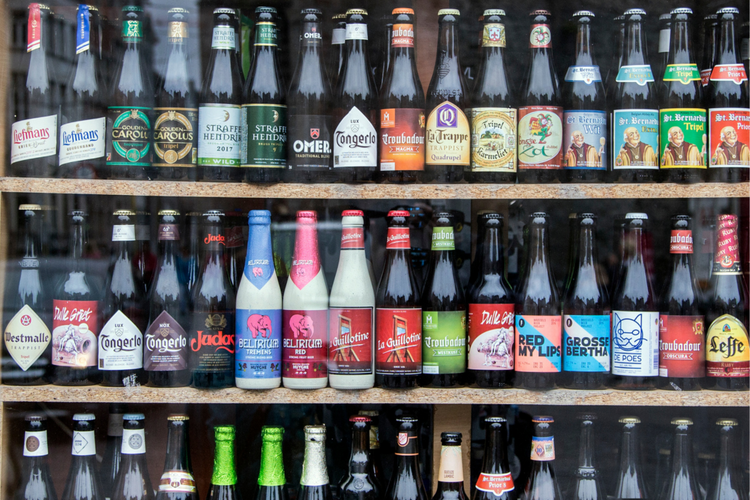
In the vast and competitive sphere of the global beer industry, one aspect stands out starkly against the backdrop of hops and barley – the profound gender disparity. The brewing business, despite its progressive strides in recent decades, remains predominantly a male-dominated industry. This imbalance prompts an intriguing question: why are women a minority in the beer industry? To fully comprehend this issue, we must examine a blend of historical, sociocultural, and workplace factors that persist to this day.
Historical Overview: A Deeper Dive
To fully appreciate the historical context of women in beer brewing, we must travel back to ancient civilizations where brewing beer was not just a woman's task; it was also deeply symbolic. In ancient Sumer (modern-day Southern Iraq), for instance, the brewing deity was Ninkasi, the goddess of beer, signifying the female association with brewing. Recipes for beer were written in hymns to Ninkasi, underscoring the importance of women's role in brewing and the sacredness of the process (Homan, 2004).
This pattern extended to ancient Egypt, where women brewed beer both for domestic use and religious rituals. Much like the Sumerians, the Egyptians linked beer brewing with a female deity, the goddess Hathor. Furthermore, excavations of ancient Egyptian sites have often revealed small breweries in private homes, suggesting that beer making was a household task primarily managed by women (Nelson, 2001).
In medieval Europe, alewives or brewsters (terms used for female brewers) played a critical role in beer production. These women brewed beer at home for their families and sold surplus to the public, contributing to the household economy. However, with the rise of male-dominated brewing guilds, the Black Death (which disproportionately affected women), and the associated stigma of witchcraft towards independent, working women, the role of brewsters gradually declined (Bennett, 1996).
Sociocultural Factors: The Power of Media
The media's influence in shaping societal perceptions and cultural norms cannot be overstated. In the case of beer, media, particularly advertising, has played a critical role in framing beer as a masculine product. A comprehensive study of beer advertisements from the 20th and early 21st centuries showed that men were the primary characters in the vast majority of these ads. They often portrayed men enjoying beer while engaging in stereotypically masculine activities like watching sports, barbecuing, or fishing. Women, if they appeared, were often portrayed as servers or spectators, thus indirectly positioning beer as a product by men, for men (Moss, 2012).
These gendered marketing strategies created a skewed image of beer, deterring many women from engaging with the product as consumers, let alone producers. This, in turn, created a cycle wherein advertisers targeted their primarily male audience, further reinforcing the stereotype (Dumbrell & Mathmann, 2020).
Workplace Challenges: Case Studies
Despite the gender stereotype that beer is a man's domain, numerous women have ventured into the industry, only to face an array of challenges. Stanford University's 2018 study, which interviewed women from different ranks in the beer industry, documented these hurdles in detail.
A key challenge identified was biased hiring practices, with many women reporting that they had to work harder than their male counterparts to prove their competency. For instance, a woman brewmaster from a renowned brewery shared her experience of being passed over for promotions in favor of less-qualified male colleagues. Another challenge was the 'bro culture' prevalent in many breweries, with women reporting instances of sexist jokes, inappropriate comments, and feeling isolated or marginalized (Stanford University, 2018).
Changing Landscape and Opportunities: In-Depth Look
While the challenges are significant, they are not insurmountable. As more women enter the beer industry, there is a visible shift in attitudes and practices. For example, New Belgium Brewing, co-founded by Kim Jordan, is one of the largest craft breweries in the U.S. Jordan has been instrumental in promoting gender equality within her company and the industry at large (Acitelli, 2017).
Moreover, organizations like the Pink Boots Society are making a considerable impact. Their annual collaborative brew day encourages women in the beer industry to brew together, fostering camaraderie and mutual support. The society's scholarship program has helped many women enhance their brewing knowledge and skills, equipping them to succeed in the industry (Pink Boots Society, 2022).
Conclusion
The minority status of women in the beer industry is a reflection of historical, sociocultural, and workplace norms. However, as we delve deeper into each of these factors, we find signs of change and resilience. The legacy of the alewives and brewsters is being revived as more women break barriers and challenge stereotypes. By continuing to support women at all levels of the beer industry, we can look forward to an era of greater inclusivity and diversity, mirroring the rich variety that beer itself offers.
References
- Eames, A. (1995). Secret Life of Beer. Red Wheel/Weiser.
- Bennett, J. (1996). Ale, Beer, and Brewsters in England: Women's Work in a Changing World. Oxford University Press.
- Swinnen, J., & Briski, D. (2017). Beeronomics: How Beer Explains the World. Oxford University Press.
- Dumbrell, T., & Mathmann, F. (2020). Masculinity and Beer Advertising in the Age of #Metoo. Journal of Advertising, 49(2), 182-196.
- Moss, G. (2012). Gender, Design and Marketing. Routledge.
- Stanford University. (2018). The Gender Gap in the Craft Beer Industry.
- Acitelli, T. (2017). The Audacity of Hops: The History of America's Craft Beer Revolution. Chicago Review Press.
- Pink Boots Society. (2022). Who We Are. Retrieved from https://www.pinkbootssociety.org/about/












